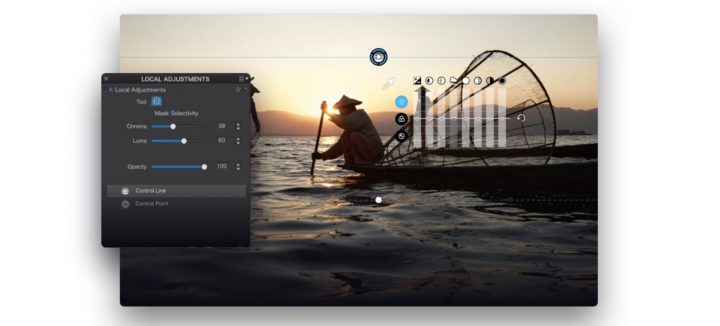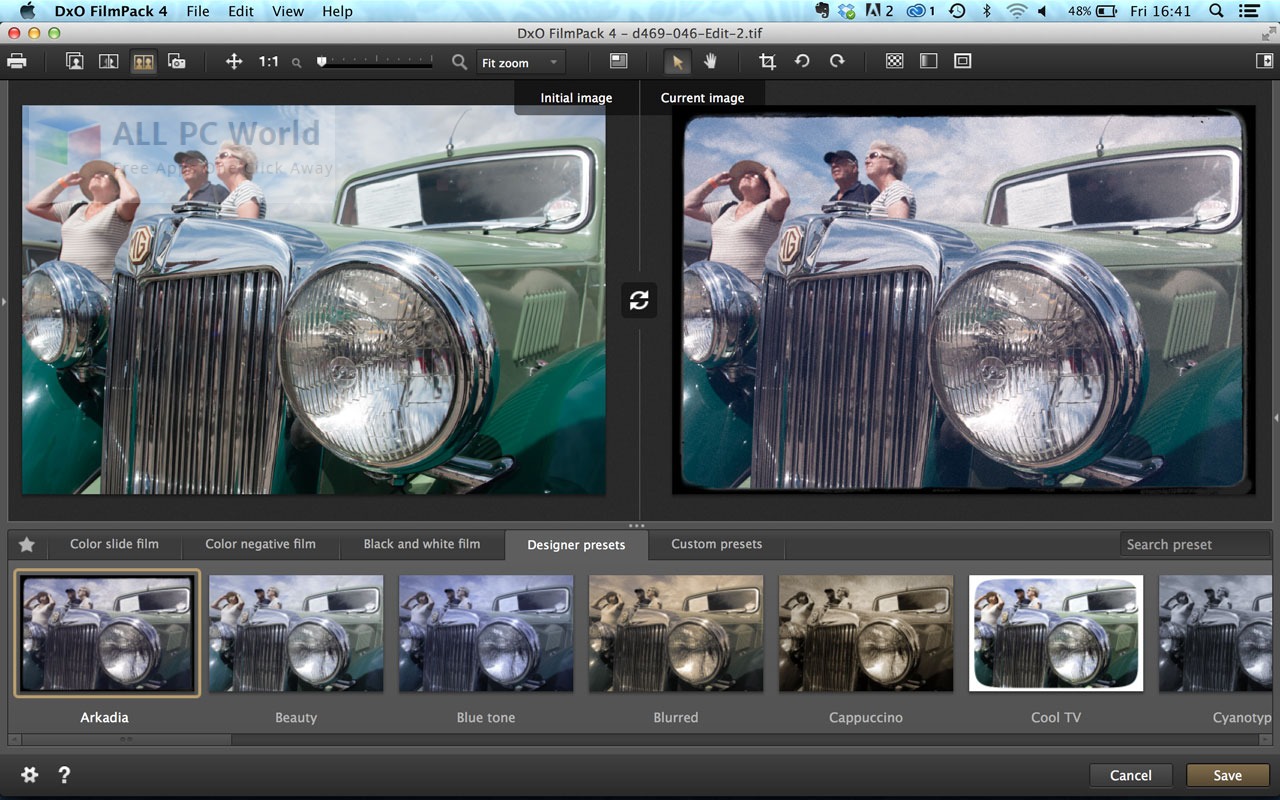

Specifically, you can apply keywords and search for images with specific keywords too. New in PhotoLab 5, though, is support for EXIF and IPTC metadata. It’s not Lightroom by any means, but for those who like to organize their images with physical folders it’s fine. First, it has an improved PhotoLibrary panel where you can browse your images by folders, carry out basic searches based on image parameters and even create virtual Projects (or albums). So let’s take a look at what DxO PhotoLab 5 can do from a workflow perspective. The DxO PhotoLibrary is a basic but effective image organizer, now with EXIF, IPTC metadata support and keywords. Both versions will correct lens distortion, chromatic aberration, corner shading and even edge softness automatically, but to get the perspective correction tools we now take for granted in other software for fixing converging verticals, for example, you need to get the DxO ViewPoint add-on, which is more again. What PhotoLab does not have built in is perspective correction tools, even in the Elite edition.
Some favorites include Fuji Velvia and Kodak Kodachrome 64.


This software simulates the colour and grain of some of the most popular emulsions ever produced. In addition, you can adjust contrast, saturation and toning based on several presets, and adjust the intensity of digitally simulated film grain effects based on popular film brands.ĭxO FilmPack faithfully renders the colors, saturation, contrast, and grain of analog photography on your digital photos based on a proprietary calibration method.įilm Pack 5 can be used as either a standalone product or plug-in for Adobe Photoshop or Photoshop Elements or similar, plug-in enabled software. The software can simulate up to 60 film types including Kodachrome, Fuji Reala, Tri-X, Velvia and others. DxO Film Pack is a film simulation software, that brings look and feel of traditional film photos to your digital images.


 0 kommentar(er)
0 kommentar(er)
